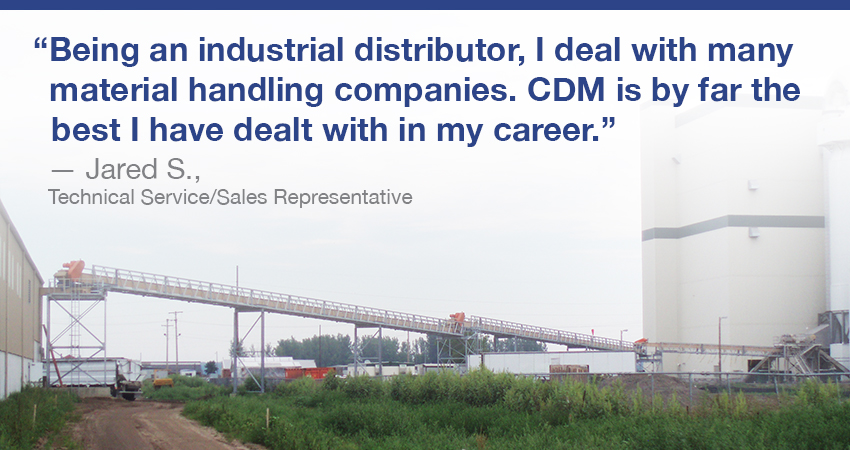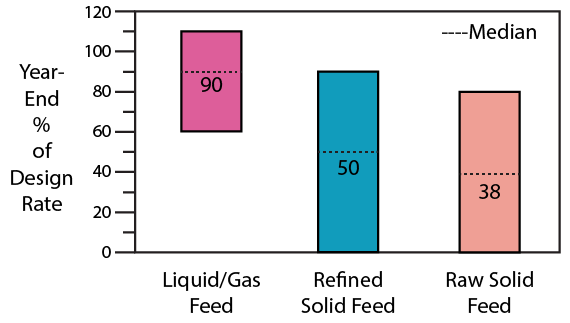Bulk Material Handling

Understanding the Dynamics of Material Flow
The challenges of conveying and processing dry bulk material are often not readily apparent to processors when selecting bulk material equipment. The consideration of factors that is attributed to equipment size and selection focus on:
- Bulk density
- Minimum/maximum partial size
- Particle properties
- Environmental considerations – humidity, toxicity, ambient temperatures, shipping distance
- Type of material – chemical, organic, inorganic, food-based, pharmaceutical or nutraceutical, or agricultural
These are just some of the foundational elements considered when equipment is selected for conveying, feeding, unloading, and filling. Challenges arise when these are the only elements considered when equipment is designed. Processors share in the frustration of dry material systems not meeting production capacity and struggle with material flow issues even though equipment is sized and rated for the specified elements listed above. You can read our Application Review: En-Masse Twin Chain Retrofit Gets a Brazilian Wood Products Manufacturer Running at Full Capacity as reference to this point
Unlike gaseous and liquid systems where in absence of pressure drops, the state of the product conveyed or transported does not fluctuate much. In bulk materials however, this is not always the case. Bulk density as an example is not a constant figure. The same material can have varying bulk densities in different stages of production causing flow rates to change creating the need for processing formulas to be adjusted. There have been numerous studies and articles written to try to explain this dynamic.
Influence of Feed Material on the Performance of New Plants

Studies also show that start-up systems for material solids typically only hit 40% of stated production rate in the first year.* This is a dramatic figure when considering the wide range of industries which process bulk solids. Food, nutraceutical, pharmaceutical, chemical, building materials, minerals processing, and others are challenged by the shear characteristics of the raw materials of the process.
To overcome these challenges, best practices suggest having material tests performed prior to equipment purchase and experience. Relying on an experienced vendor who has tested, and understands the dynamic nature of bulk materials to guide equipment layout and options to avoid pitfalls in expected output.
*source: Bell, 2005, Challenges in the Scale-up of Particulate Process – An Industrial Perspective, Powder Technology, 60-71



